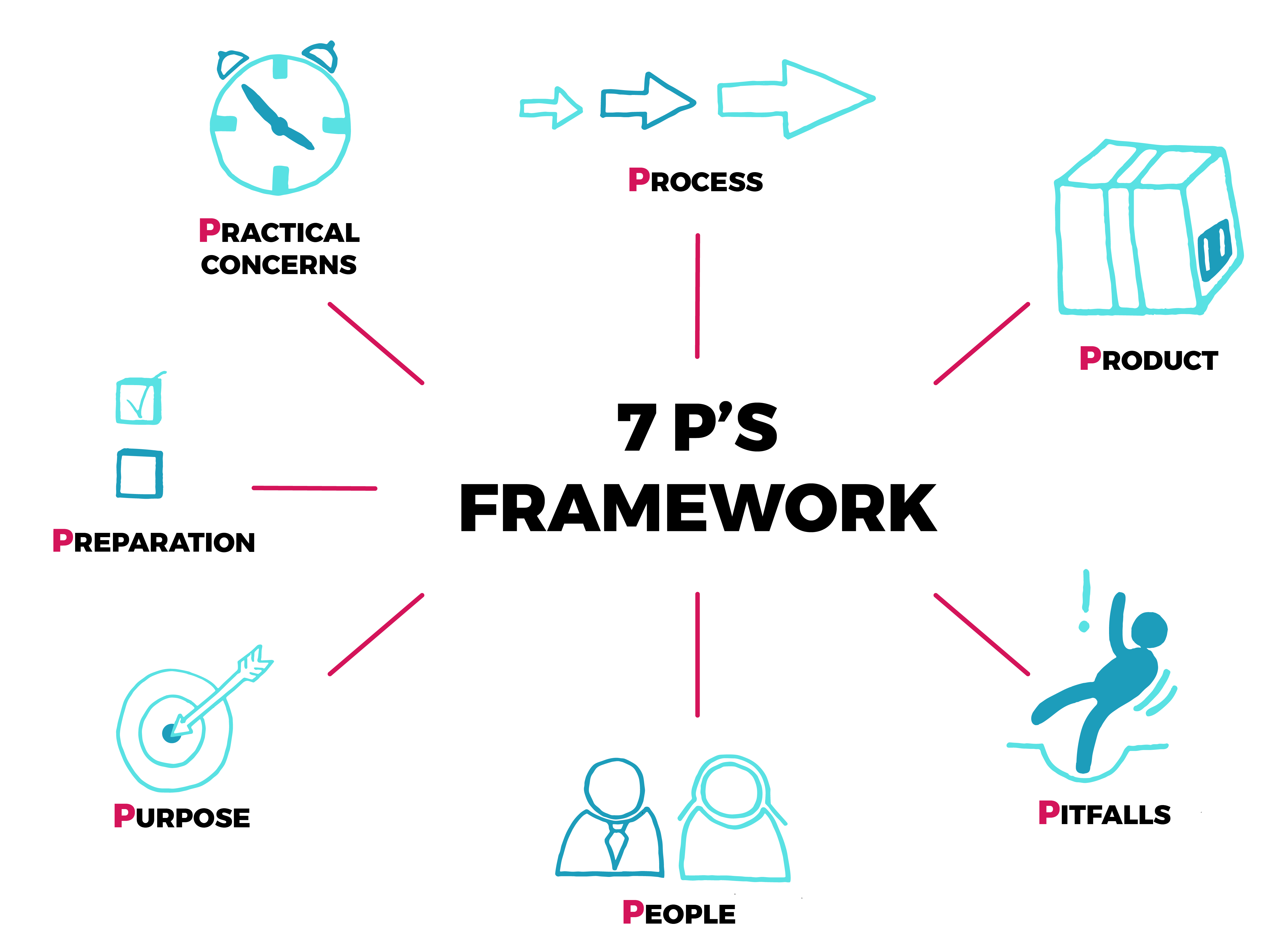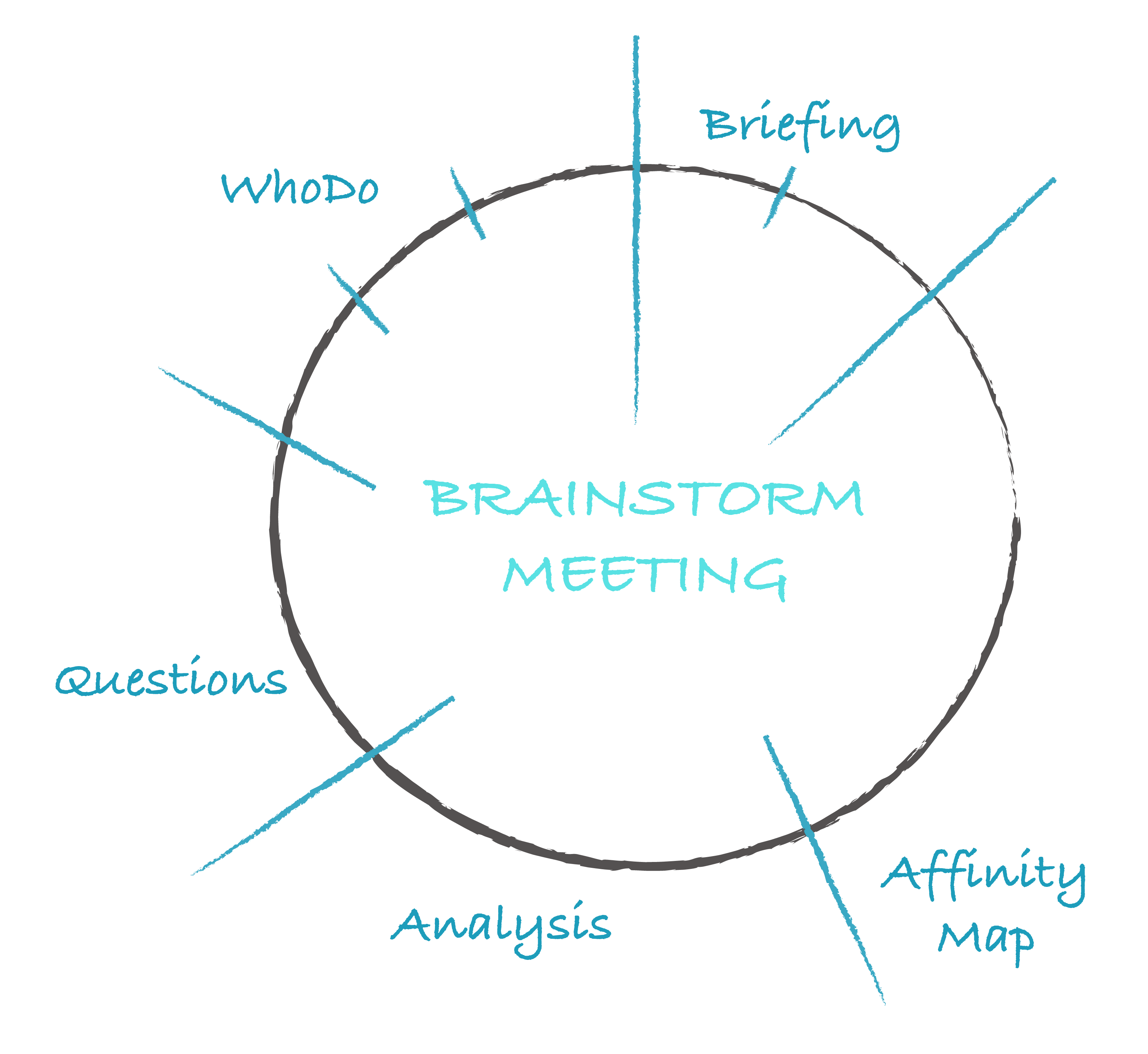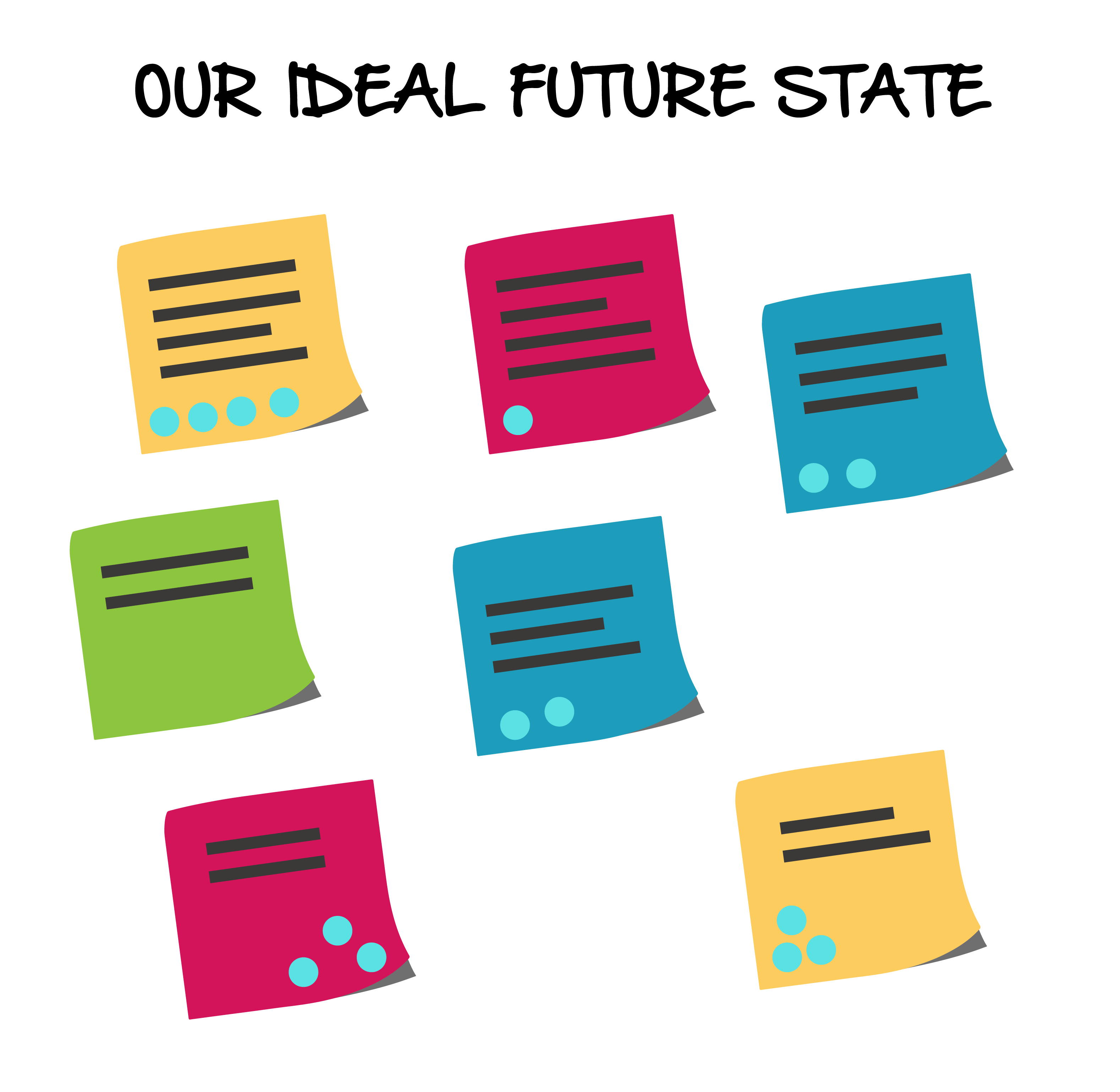Action speaks louder than words
At The Learning Hub we take on any digital learning related challenge. Over the years we’ve helped dozens of clients with their learning and development strategy, LMS-implementations, content creation projects, … Every client has a unique project which comes with its very own requirements and expectations. We always look for the solutions that best suit these expectations. At The Learning Hub, we do not have a ‘solution’-shelf. Of course we have some ‘knowledge’-, ‘competence’-, ‘best practices’- and other kind of shelves but we do not believe in an one-size-fits-all-solution. This means that, at the start of each project, we dive in the end user’s world. And what better way to do this than to take action, in the form of workshops, together with our clients.
Two heads are better than one
A couple of months ago we improved our own workshop techniques by getting a workshop in Service Design from the people of Knight Moves. A very inspiring session which made us rethink the way we organize our co-operative project approach.They offered us all kinds of workshop techniques and recommended some books, for example “Gamestorming” by James Macanufo and Sunni Brown. Based on this recently acquired knowledge, we perfected our ways of working. Even today, we are continuously improving through analysis, adaptation and transparency.
A good beginning makes a good ending
Let us share with you some of the workshop techniques we implemented. By involving the right stakeholders from the very beginning, in a kick off workshop, we gather a huge amount of information about the company, the project, the end-users and their learning environment. Rather than sending an email with a list of questions, these days we take action. We grab our workshop gear and set up an interactive workshop.
The key to a good workshop is a combination of carefully planning, applying techniques and keeping the basic rules and principles at the back of your head. Of course, several factors play a role in the success of the workshop. The attendees might be tired, the weather too good to be sitting inside (consider organizing your workshop outside if this is the case!), … But a good beginning makes a good ending. The 7 P’S Framework might help you with this.

- Purpose: why do we need this meeting?
- Product: what will be the produce of this meeting?
- People: which roles need to be attending?
- Process: set up the agenda along with the participants
- Pitfalls: are there any risks connected to this meeting and how will we tackle them?
- Preparation: do we need to prepare something in advance?
- Practical concerns: meeting room, tools, …
If possible, you can make the 7 P’s Framework together with your customers. Remember that participation is the best way to efficiency.
To help you with the 4thP (Process) you might use the Pie Chart Agenda Technique. The duration of the meeting (for example 1 hour) is represented by a pie. As a group, you decide how much time each topic gets. Make sure you keep an eye on the timing during the meeting. You might even indicate a ‘Time Watcher’ or place a digital clock for everyone to see.
Be aware that your plan might change. As we said before, there are several factors influencing how your workshop goes. Make a plan, but expect it to change.

Take the bull by the horns
Time to start the workshop. Depending on your audience you might want to consider ice breaking techniques,like ‘Trading cards’. Have every participant create his own ‘business card’. Pass the cards around, in no specific order. Make the participants read all the cards they get, and keep trading until they find a card they might want to ask a question about. Ask volunteers to read their card and ask their related question.
Next step: gathering ideas. There are tons of ideation techniques. The most common might be an ‘Affinity Map’. Let the participants write everything they think of (relevant to the topic of course) on sticky notes and put these on a whiteboard or a wall, where they are visible for everyone. With help from the participants, sort the ideas on the sticky notes into clusters, based on relationships between them, and ask the group to come up with categories to match the clusters.
Then, you’ll want to empathize with the topic and the end-users. We already used some of these empathy techniques before. Think about your end-users as personas, by creating an ‘Empathy Map’. Picture Jack, for instance, an ambitious guy, on his way to making a new, big step in his career. He wants to follow a Project Management course. What would Jack want? What would he be hearing, seeing, saying, doing, feeling, …?
So by now we’ve come up with lots of ideas, but we don’t always agree on which path to follow next. This is when you can turn to so-called ‘decision making techniques’. Dot voting, for example. Every participant gets 5 ‘dots’ (stickers of some sort) which they can put on the sticky note with the idea they like the most. They can put multiple dots on one single item. Make them cast their votes all at once to make sure they are not affected by one another’s preferences.

Now, possibly the most important part of the workshop. Make sure you actually do something with the output! Summarize the highlights and send the participants an overview afterwards – they’ll appreciate it. If you’ve set tasks that need follow-up, a WhoDo overview might do the trick. This is as simple as the name says. You make a 2-column chart. In one column you write ‘who’ is going to do which task (‘do’).
A penny saved is a penny earned
You might think this is a very intensive and time-consuming process. That’s true, however, we have great experiences with this way of working. We tackle problems earlier in the project, we get our customers involved in the whole process and make sure our solutions fit perfectly, since we thought through the bigger picture.
